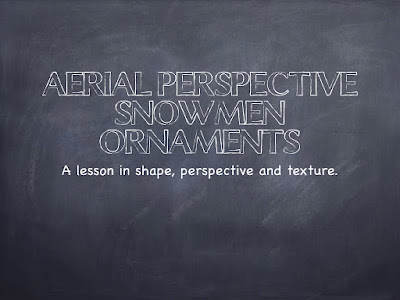Torn Paper Christmas Tree
Grade: 1st
Date: December
Medium: torn construction paper
Reason for the Lesson: The children will learn about collage and experiment with a torn paper technique to create their own. A collage is an artwork made up of portions of various existing materials and arranged so that they join, overlap or blend to create a new image. Eric Carle is a great connection to make with this type of collage art. He was influenced by Henri Matisse who was famous for his quote, "I paint with scissors." Eric Carle used collage in his children's book illustrations such as The Very Hungry Caterpillar.
Element of Art: A torn paper collage is an example of texture in art. The small pieces of tissue will give the tree more texture by adding a 3-demensional piece. This is an example of tactile texture.
Prep Time: 5 minutes
Class Time: 45-60 minutes
Materials: black, green, brown and yellow construction paper, glue, tissue paper.
Instructions: 1. Tear up several pieces of green construction paper. 2. Tear up small amount of brown construction paper. 3. On a plain piece of black construction paper, have kids draw a triangle shape with glue and cover with green pieces of construction paper. 4. Draw the trunk of tree with glue and cover with brown construction paper. 5. Crumble small pieces of tissue paper (red,purple,yellow and blue)and glue onto the tree. 6. Glue 3 pieces of yellow on top of tree for the star.



























